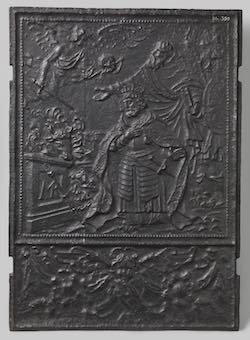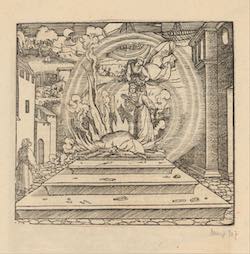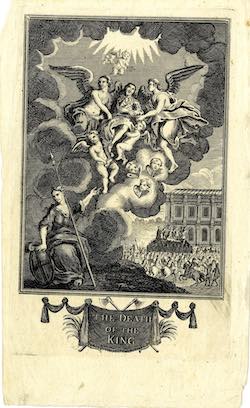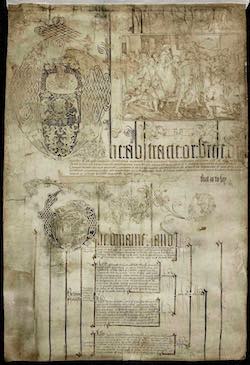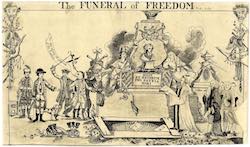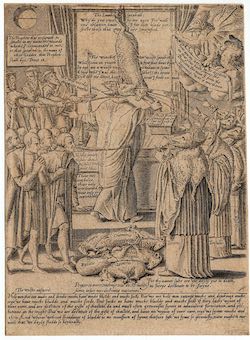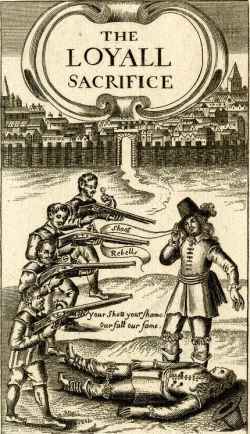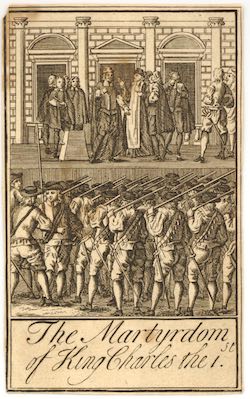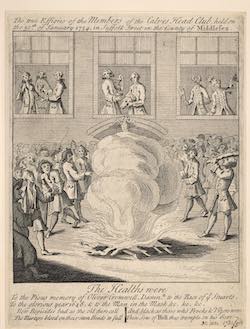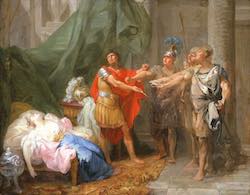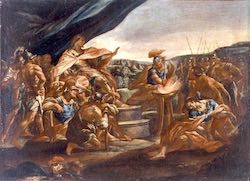Topic: 3. Sacrifice and politics (16th-18th Century)
During the transformative period of the 16th to 18th centuries, the notion of the State evolved into a nearly mystical entity, perceived as immortal and worthy of the ultimate sacrifice. This section delves into the complex interplay between sovereignty, resistance, and sacrifice, a theme explored by early proponents of political tolerance. It also examines revolutionary acts and regicide, viewed through the lens of sacrificial rites. This section includes early modern printed and iconographic sources, along with a comprehensive bibliography from the 19th to 21st centuries, providing a historical and modern perspective on this complex theme
Suicide of a Woman on an Altar (1532)
from: Francesco Petrarca, Von der Artzney bayder Glück, des guten vnd widerwertigen: unnd weß sich ain yeder inn Gelück und Unglück halten sol; auß dem Lateinischen in das Teutsch gezogen, Augspurg, Steyner, 1532, p. clviii
Rijksmuseum Amsterdam
The Confession of Richard Brandon the Hangman [1649]
from: The Confession of Richard Brandon the Hangman (Upon His Death Bed) Concerning His Beheading His Late Majesty, Charles the First, King of Great Britain; and His Protestation and Vow Touching the Smae; the Manner how He Was Terrified in Conscience; the Apparitions and Visions Which Apeared Unto Him; the Great Judgement that Befell Him Three Dayes Before He Dy’d; and the Manner How He Was Carryed to White-Chappell Churchyard on Thursday Night Last, the Strange Actions That Happened Thereupon; With the Merry Conceits of the Crowne Cook and His Providing Mourning Cords for the Buriall, [London], s.n., [1649], Frontispice
British Library, London
The Dissolution of the Monastries and the Execution of Three Benedictine Abbots (1539)
from: https://www.bl.uk/learning/timeline/item106122.html
The British Library, London
The Funeral of Freedom (1769)
British Museum, London
The Lambe speaketh. Anti-catholic satire with a wolf-headed Stephen Gardiner, Bishop of Winchester, biting the neck of a sacrificial lamb suspended by its hind legs above an altar; to right, the bishops of London and Durham, the dean of Westminster and other Roman Catholic clerics (all with wolves' heads) drink the blood that spurts from the lamb; at Gardiner's feet lie six further lambs bearing the names of Cranmer, Ridley and other Protestant reformers; at upper left, three men pull at a rope tied around Gardiner's neck (members of the House of Lords who threw out Gardiner's heresy bill on 1 May 1554) while at lower left a group of gullible men (the Commons who had passed the bill a month earlier) are attached from rings in their noses to a rope around Gardiner's waist; the Pope as the devil appears top right (1555)
British Museum, London
The Loyall Martyrology (1665)
from: Winstanley, William. The Loyall Martyrology, or Brief Catalogues and Characters of the Most Eminent Persons Who Suffered Their Conscience During the Last Times of Rebelion, Either by Death, Imprisonment, Banishment, or Sequestration; Together With Those Who Were Slain in the Kings Service. As Also, Dregs of Treacehry: With the Catalogue and Characters of Those Regicides Who Sat as Judges on Our Late Dread Soveraign of Ever Blessed Memory; With Others of That Gang, Most Eminent for Villany. For Encouragement to Virtue, and Determent from Vice, London, Thomas Mobb-Edward Thomas, 1665, Frontispiece
British Museum, London
The Loyall Sacrifice (1648) (1760 - 1799)
The Collection of Prints and Drawings, British Museum, London
The assassination of King Lazar (1577)
from: Türckische Chronica (Adelphus Johannes)
The Oath of Brutus (1771)
Musée Municipal Frederic Blandin, Nevers


